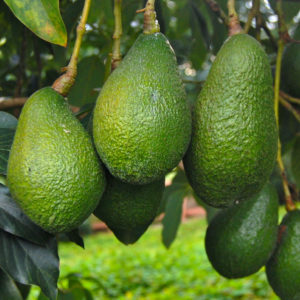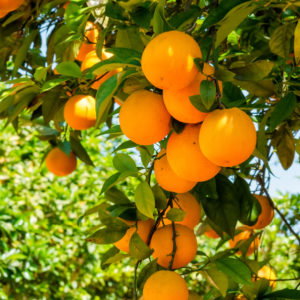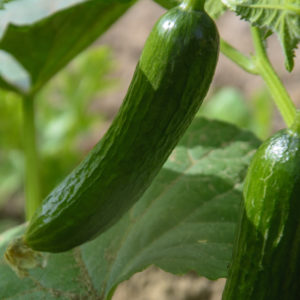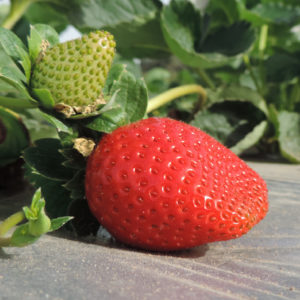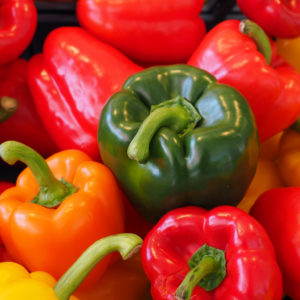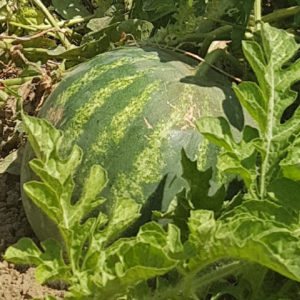Avocado is a multi-stemmed tropical evergreen tree that is native to Central America and South America.
Blueberries
Blueberries are a (Cyanococcus vaccinium) group of perennial flowering plants with blue or purple berries.
Cannabis
Cannabis is a genus of flowering plants in the family Cannabaceae. As the wave of legalization advances, this budding industry is adopting the high standards of consumer-product makers to meet regulatory requirements. Integrated pest management offers solutions for this crop than traditional pest management cannot.
Citrus
Citrus is a genus of flowering trees and shrubs of the Rutaceae family that produce fruit such as oranges, lemons, limes, grapefruits and pomelos.
Cucumber
Cucumbers belong to the Cucurbitaceae gourd family.
Cucurbits
Cucurbits, also referred to as the gourd family (Cucurbitaceae) include squash, pumpkin, cucumber, gourd, watermelon, and cantaloupe. They are vegetables, fruit and sometimes ornamentals, trailing or climbing plants.
Deciduous trees
In deciduous trees (apples, pears, stone fruit, kiwi, almonds…), pests can cause the fruit to be unfit for the market. Boring insects, which prefer to eat directly upon the tree’s nutrient carrying layers (the cambium and xylem) cause more serious damage. This often kills the tree within a season or two. Early detection of tree boring insects is absolutely vital.
Eggplant
Eggplant is a plant species of the nightshade family Solanaceae.
Macadamia
Macadamia is an evergreen genus of four species. Only 3 out of the four( Macadamia integrifolia, Macadamia ternifolia and Macadamia tetraphylla ) are of commercial importance (the 4th species M. janseni produces poisonous nuts).
South Africa has been the world’s largest producer of macadamia since the 2010’s.
Melon
Melons belong to the Cucumis melois family. There are many types and varieties of melons.
Mushrooms
Over more than 20 species of mushrooms are currently commercially cultivated. World consumption of button mushrooms, oyster, enokitake, wood ear, shiitake and edible mushrooms as a whole is raising. Mushroom production represents one of the best examples in agriculture where pests can be controlled without the use of chemicals.
Ornamentals
Many ornamental plants are grown as cut flowers: from chrysanthemum, poinsettia to gerberas, roses and daisies. To provide customers with healthy looking plants many growers use harsh pesticides and many pesticides applied are persistent, dislodgeable by hand contact and fat-soluble. Growers, florists and consumers are all potentially exposed to the chemical residue. Today there is a higher demand for residue-free cut flowers which can be achieved with the BioBee multifaceted IPM programs.
Palm trees
Palm trees belong to the botanical family of perennial trees, climbers, shrubs, and acaules commonly known as palm trees. Around 2600 species of palm trees are known, growing in tropical and subtropical climates. Some of the common pests of palm tree species are the red palm weevil (Rhynchophorus ferrugineus), the red palm mite (Raoiella indica) and the palm seed beetle (Caryobruchus gleditsiae).
Passion fruit
Passion fruit (Passiflora edulis) is a perennial vigorous vine which will cling with its tendrils to just about any support. Subtropical, it prefers a frost-free climate and does not grow well in intense heat.
Pest occurrence varies with location and season, the carmine spider mites, red scale and the red flat mites are usually abundant throughout the year while fruit flies are usually active when the passion fruit is still young.
Pomegranate
Pomegranate is a deciduous shrub or small tree. Drought-tolerant and can be grown in dry areas.
Roses
Roses belong to the Rosaceae family, and count more than three hundred species and over thousands of different cultivars. Roses are used as ornamental plants, cut flowers and for other commercial applications (perfumes, cooking, cosmetics and medicine). To provide customers with healthy looking roses many growers use harsh pesticides and many pesticides applied are persistent, dislodgeable by hand contact and fat-soluble. Growers, florists and consumers are all potentially exposed to the chemical residue. Today there is a higher demand for residue-free roses which can be achieved with the BioBee multifaceted IPM programs.
Strawberries
Strawberries are grown in open-field and in tunnels or greenhouses, which are utilized to extend the growing season. Strawberries are particularly prone to aphids infestations (specifically, Aphis gossypii, Myzus persica, and Myzus nicotianae) as well as red spider mite (Tetranychus urticae) and strawberry spider mite (Tetranychus turkestani Ugarov & Nicolski) infestations.
Sweet Peppers
Sweet peppers (Capsicum annuum), also known as bell peppers or capsicum. Cultivars of the plant produce fruits in different colors: red, yellow, orange, green, white, and purple.
Table grapes
Table grapes are grapes intended for consumption while fresh, as opposed to grapes grown for wine production, juice production, or for drying into raisins.
Tomato
The tomato is the edible berry of the Solanum lycopersicum plant.
Turf & grass
Turf (the upper stratum of soil bound by grass and plant roots into a thick mat) and grasses are cultivated and used in lawns, parks, green urban areas, golf courses, race tracks, a variety of athletic and sport fields as well as private gardens.
Vegetables
Some vegetables are perennials but most are annuals and biennials, usually harvested within a year of sowing or planting.
Vineyards
A vineyard is a plantation of grape-bearing vines, grown mainly for winemaking, but also raisins, table grapes and non-alcoholic grape juice.
Watermelon
Watermelon (Citrullus lanatus var. lanatus) is a flowering plant species of the Cucurbitaceae family, with more than 1,000 varieties.
